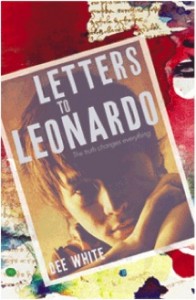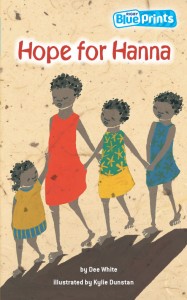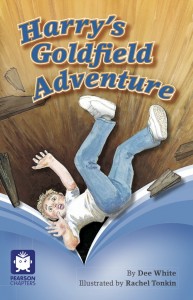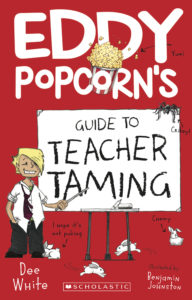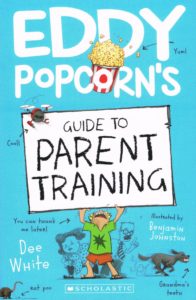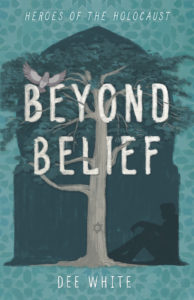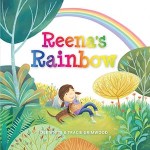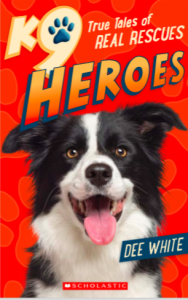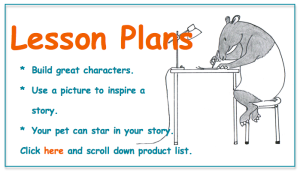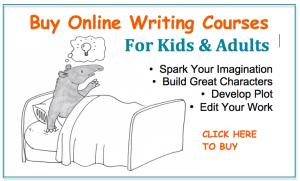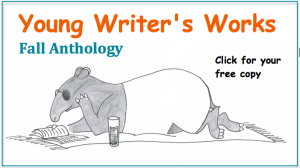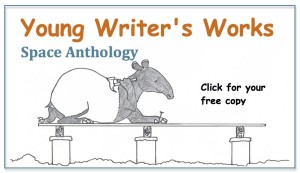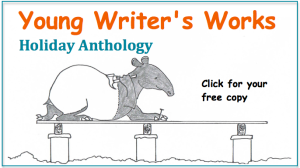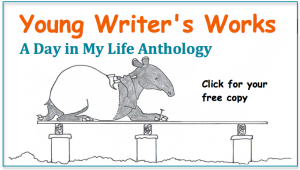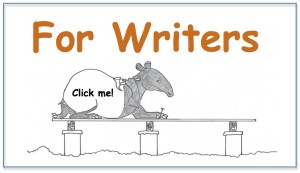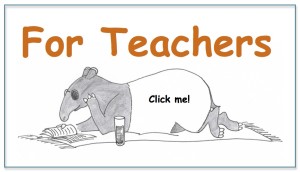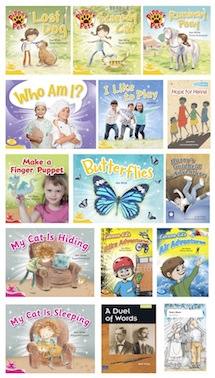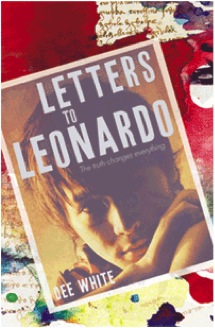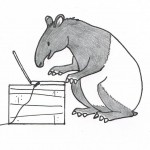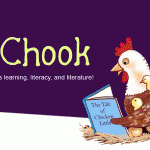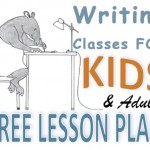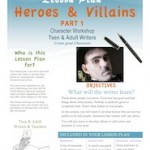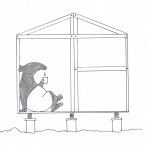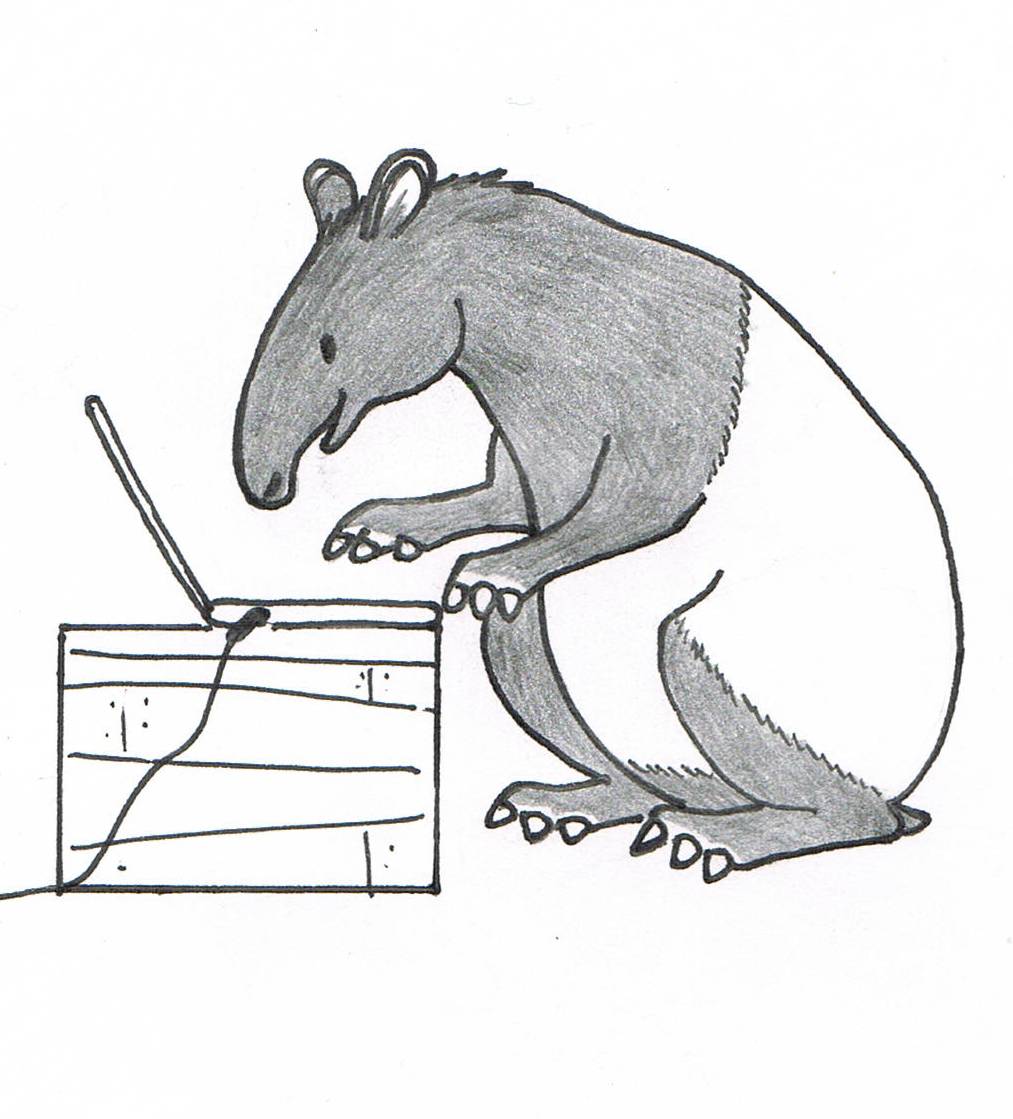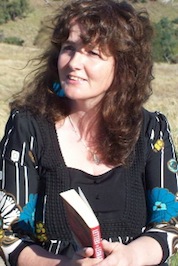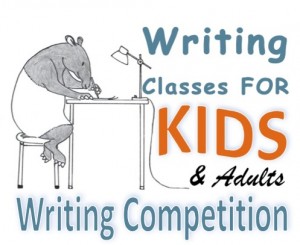 Writing Competition – Writing Classes For Kids and Adults
Writing Competition – Writing Classes For Kids and Adults
Competition closes 30th June 2013
The theme for this competition is ‘real’.
THE PRIZES
Winners in each category will receive
1. A detailed five-page manuscript assessment
2. 2 x e-books on writing from the 10 Top Writing Tips series.
WHO CAN ENTER
Anyone, anywhere in the world, but your entry must be submitted in English.
THE COST
- Entry for children and teens is FREE
- A $10 fee to cover judging and administration costs is payable for ADULTS. Payments can be made here.
THE CATEGORIES
The competitions will be judged in 3 categories:
- 8 to 12 year-old writers
- teen writers
- adult writers
SUBMISSION GUIDELINES FOR ALL ENTRIES
Please make sure your submission follows these guidelines:
Submissions must be no longer than 500 words. They can be a complete story or just a part of one.
All entries must be in the following format:
- 12 point type…Arial or Times Roman
- Double spaced (between the lines). To double space your work, select it and go to the format menu, select paragraph and choose ‘double line’ in the ‘line spacing’ box.
- 3cm margins all the way around
Please email your submission to Dee*at*Deescribe*dot*com*dot*au
All emails should include the following information in the subject line:
- Name of writer
- Name of story
- Age category being entered
- Name of competition
Competitions exclude picture books and poetry.
More information at http://writingclassesforkids.com/competitions-2/

